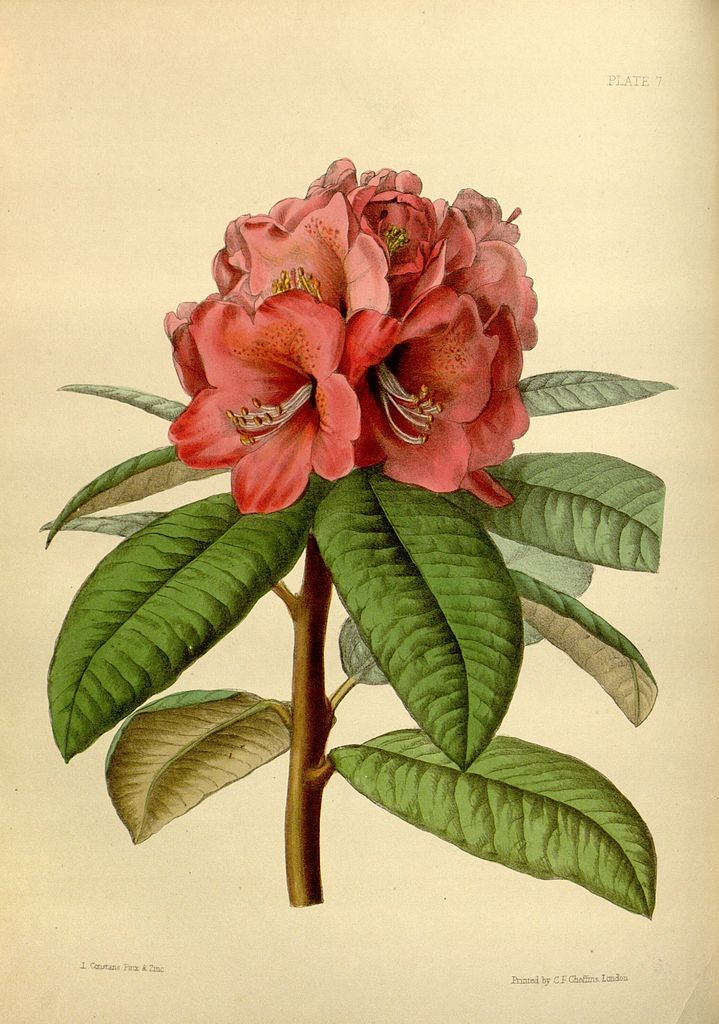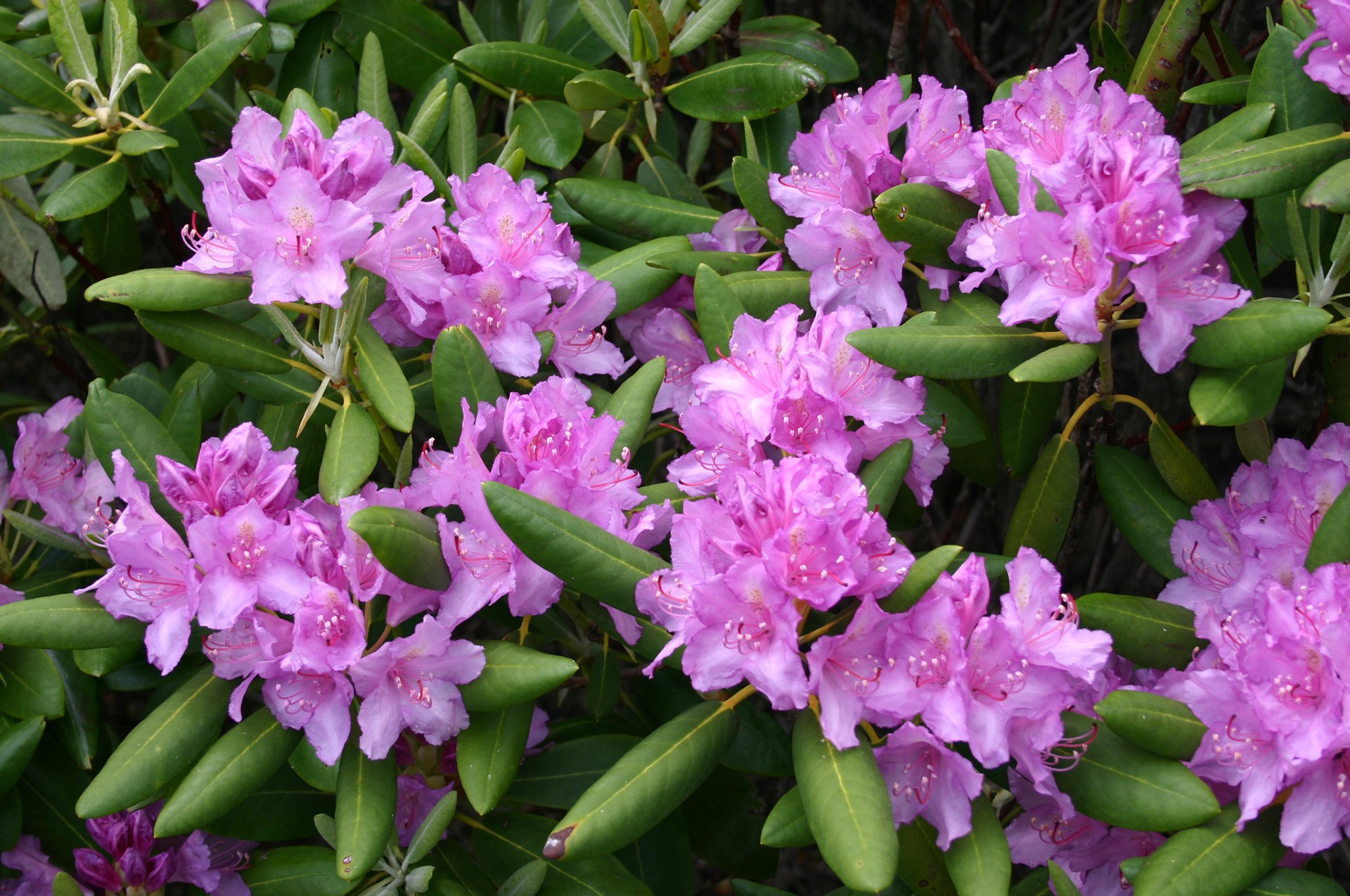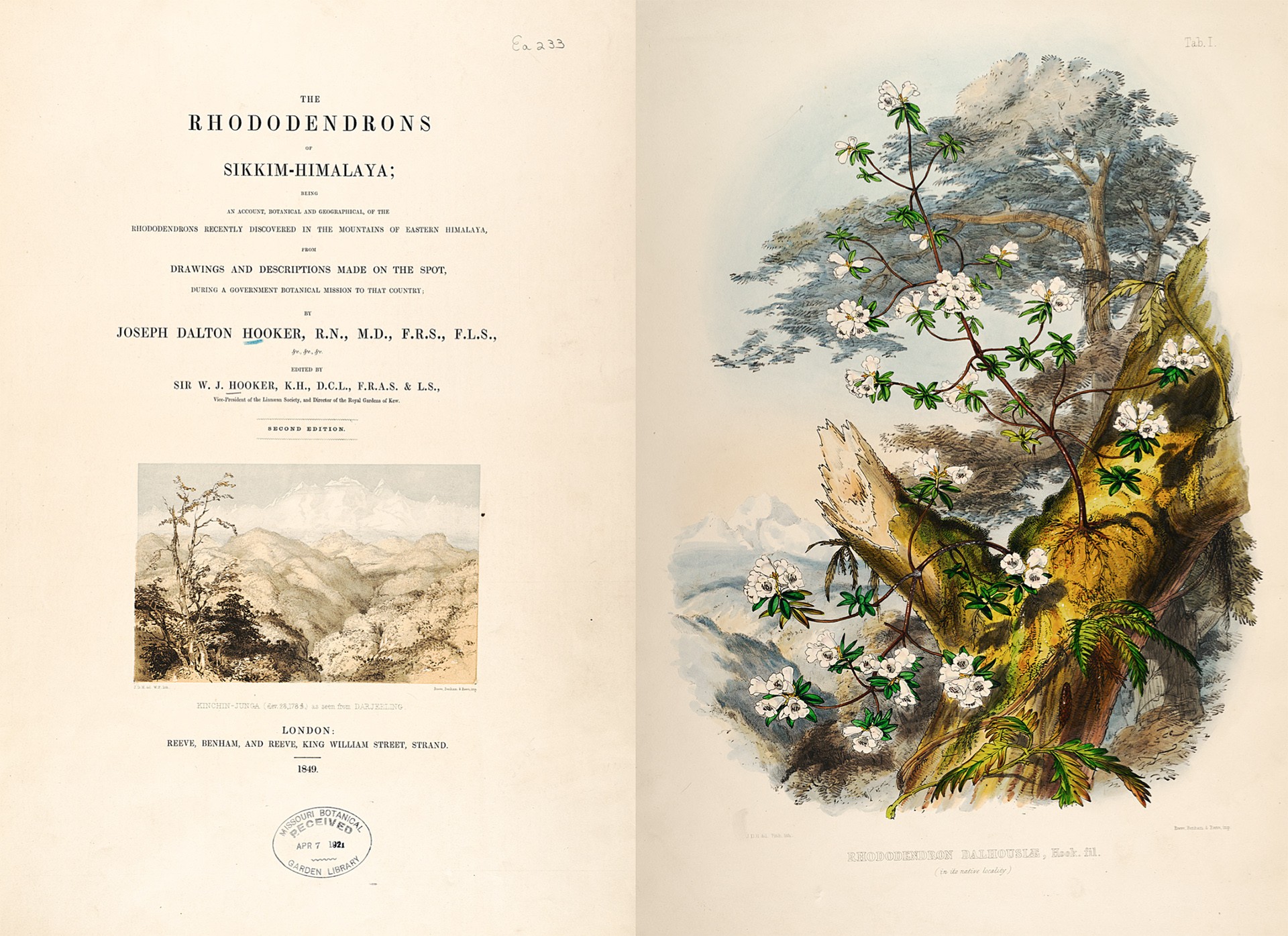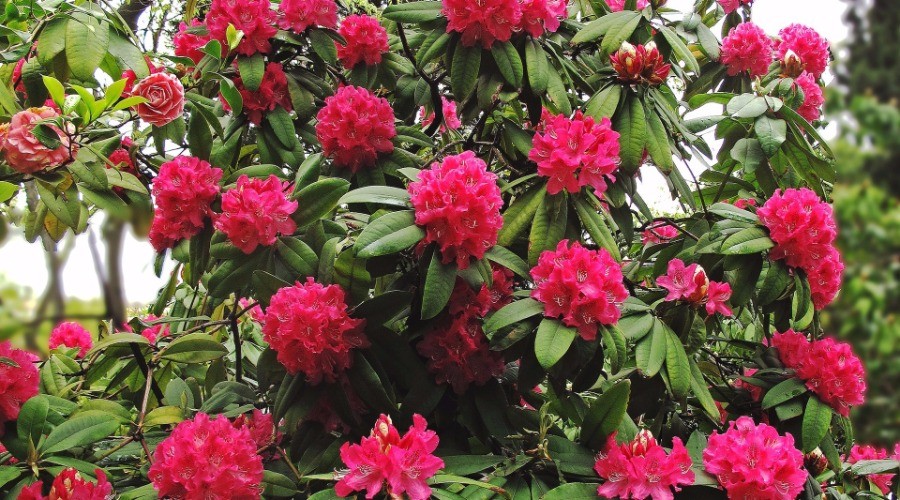Rhododendron red alert
The climate change indicators of the Himalayas are under threat
In the Himalayas, the fiery red blooms of Rhododendron arboreum are usually the first sign that spring is upon us. Literally translating to “rose tree” in Greek, they are prominent indicators of climate change as well - as their blooms correspond to the changing of the seasons. Studies into the phenology - or flowering cycles - of rhododendrons in Uttarakhand have shown a shift from full blooms between March and May, to February and March in 2009-2011. The shift predictably correlates with increases in the mean maximum temperatures recorded in the same area.

Illustration of Rhododendron arboreum from Paxton's Flower Garden, volume 1, plate 7 (1853) courtesy Wikimedia Commons
According to a recent publication by the Botanical Survey of India, there are 132 taxa (species, sub-species and varieties) of rhododendron in India, of which only three taxa aren’t found in north-eastern India alone, but in south India. As revealed by Dr. Sudhanshu Sekhar Dash, one of the co-authors of the publication, the eastern Himalayas, with their “cold, moist slopes and deep valleys”, are one of the two centres of rhododendron species diversity in the world, with the other being Malaysia. Yet, the north-east states are also where illegal logging and habitat destruction may hunt down the rhododendron to extinction.

Rhododendron ponticum, the state flower of Himachal Pradesh and Jammu and Kashmir. Photograph courtesy Wikimedia Commons
Known for its anti-inflammatory and antioxidant properties, rhododendron is used in traditional medicine against cold, cough and bronchitis. Local communities also produce wine, squash, jams and jellies from the flowers, which is sold commercially as well. The early flowering of rhododendron trees in February, followed by rains in February and March, which destroy the flowers, makes it harder for locals for collect and store enough flowers for their small businesses.

Acclaimed botanist Joseph Dalton Hooker’s hand-coloured illustrations in The Rhododendrons of Sikkim-Himalaya (1849), helped ignite a rhododendron craze in Britain.
In India, Rhododendron ponticum is the state flower of Himachal Pradesh and Jammu and Kashmir, while Rhododendron arboreum is the state flower of Nagaland. Rhododendron niveum and Rhododendron arboreum are the state trees of Sikkim and Uttarakhand, respectively.
Cover: Rhododendron arboreum; photograph courtesy jacinta lluch valero via Flickr Creative Commons
